The 1960s were a time of innovation, bringing forth an array of household products that have now become relics of the past. These items, once staples in homes across the world, have been replaced by modern advancements or simply faded into obscurity. The decade was marked by its unique charm, offering gadgets and tools that spoke volumes of the era’s creativity and ingenuity. From communication technology to kitchen essentials, many of these products are remembered with fond nostalgia but are no longer found on today’s store shelves. Let’s explore some of these remarkable items from a bygone era.
1. Rotary Dial Telephones
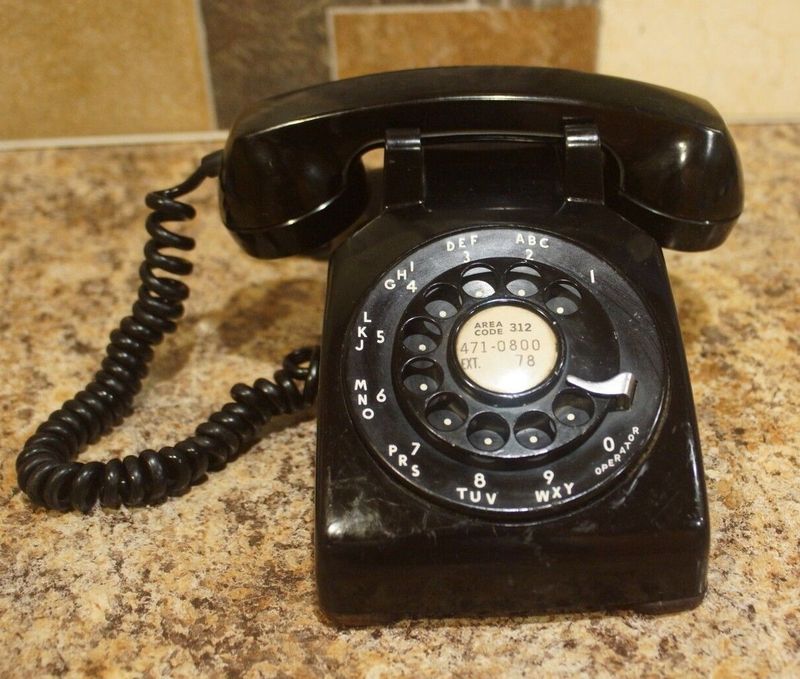
The rotary dial telephone was a hallmark of communication in the 1960s. Users would spin the dial to call someone, a method that was as intriguing as it was time-consuming. Each number required a full rotation, making quick calls a challenge. Missteps in dialing were common, leading to frequent redials. Despite its quirks, the rotary phone had a certain charm, embodying the slower pace of life in that era. Eventually, push-button models and mobile phones stole the scene. Yet, these devices remain beloved icons of design, now cherished by collectors and nostalgic enthusiasts.
2. 8-Track Tape Players
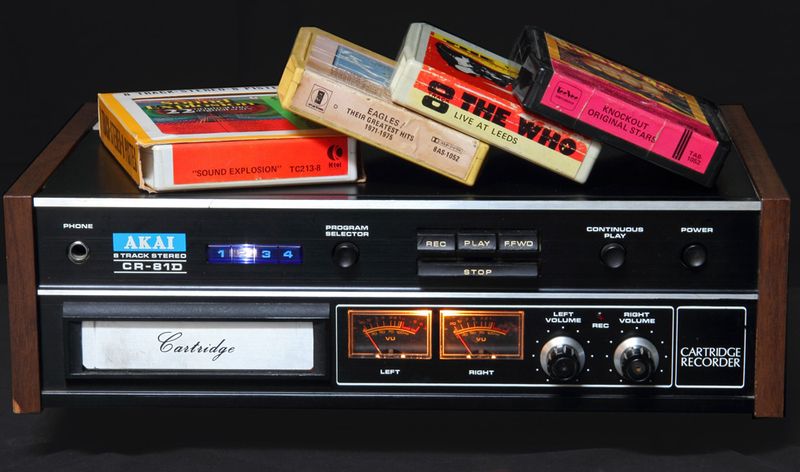
Imagine a road trip in the ’60s, with an 8-track tape player as your soundtrack. These players were the epitome of music portability, letting users switch tracks with ease. However, their bulky design and sound limitations became apparent over time. The arrival of cassette tapes and CDs, which offered better sound quality and convenience, marked the decline of the 8-track’s popularity. Even so, the nostalgia they evoke keeps them alive in the hearts of many. Today, they’re a symbol of a bygone musical era, cherished by collectors and vintage audio enthusiasts.
3. Percolator Coffee Pots
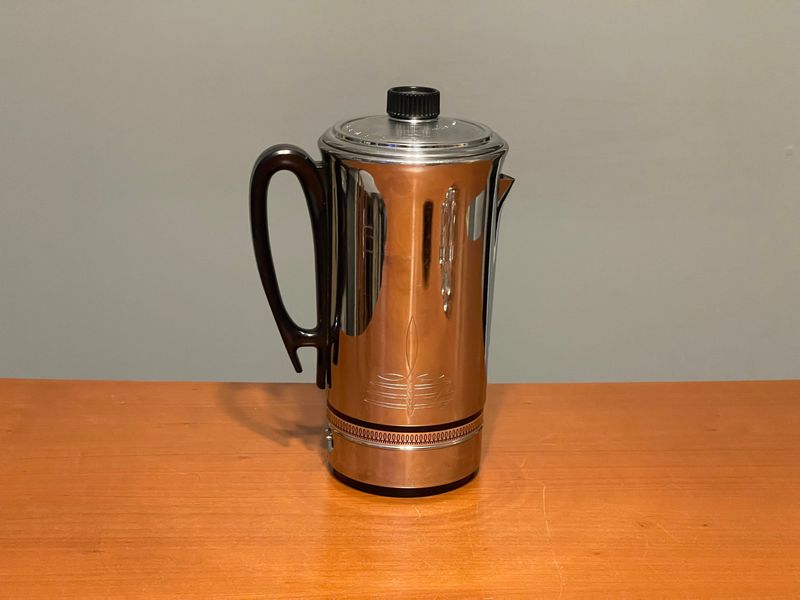
Percolator coffee pots were the heartbeat of ’60s kitchens, offering a bubbling brew that filled the air with rich aromas. These pots worked by cycling hot water through coffee grounds, creating a full-bodied flavor that many adored. The rhythmic sound of percolation became synonymous with morning routines. However, as drip coffee makers and single-serve machines emerged, percolators gradually lost their place. Despite this, the allure of percolators persists, and they continue to be appreciated for their nostalgic value and unique brewing experience.
4. Iceboxes
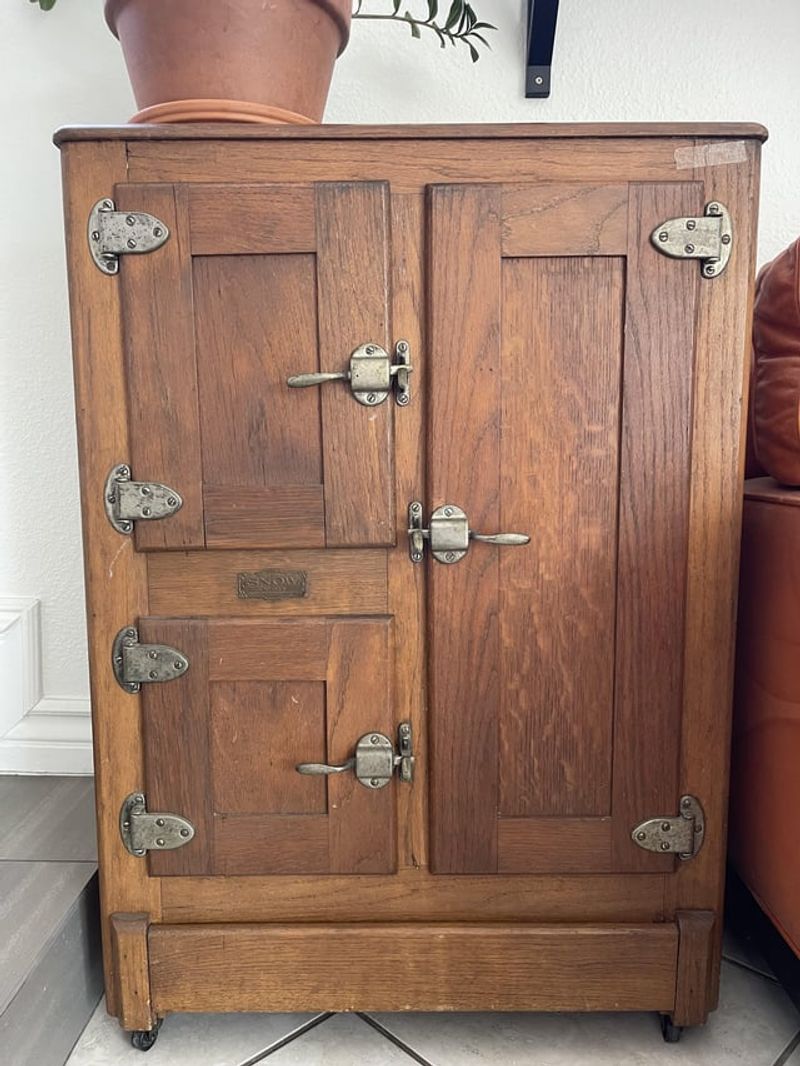
Before the age of electric refrigeration, iceboxes were essential for keeping food fresh. These sturdy boxes housed large blocks of ice to maintain cool temperatures. The daily routine of replenishing ice was a common chore. Iceboxes, with their charming wooden designs, became a nostalgic piece of kitchen decor over time. As electric refrigerators took over, offering convenience and efficiency, iceboxes slowly disappeared from homes. Yet, they remain a quirky reminder of past domestic life, often repurposed as stylish storage units in modern interiors.
5. Fondue Sets
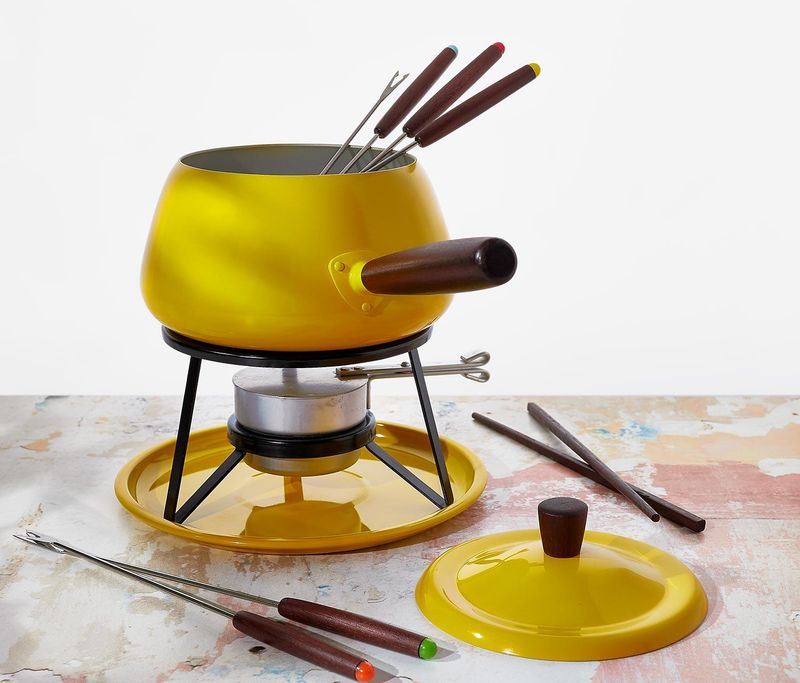
Fondue sets turned dining into a social event in the 1960s. Gathering around a pot of hot cheese or chocolate, friends and family shared stories and laughter. This communal style of eating was both engaging and delicious. While the popularity of fondue has waned, these sets are still cherished for their unique dining experience. The vibrant designs and lively gatherings they inspired are fondly remembered. Though less common now, fondue sets still make occasional appearances at themed parties, serving as a delightful nod to a playful past.
6. Teasmades

The teasmade combined the convenience of an alarm clock with the pleasure of morning tea. These ingenious devices brewed tea directly at the bedside, making mornings more bearable. The whistle of boiling water followed by a fresh cup was a comfort to many. However, as coffee culture grew and more modern appliances emerged, teasmades saw a decline. Despite this, their charming design and practical appeal remain appreciated. Today, they serve as a quirky reminder of a time when waking up to freshly brewed tea was a delightful start to the day.
7. Console Stereos
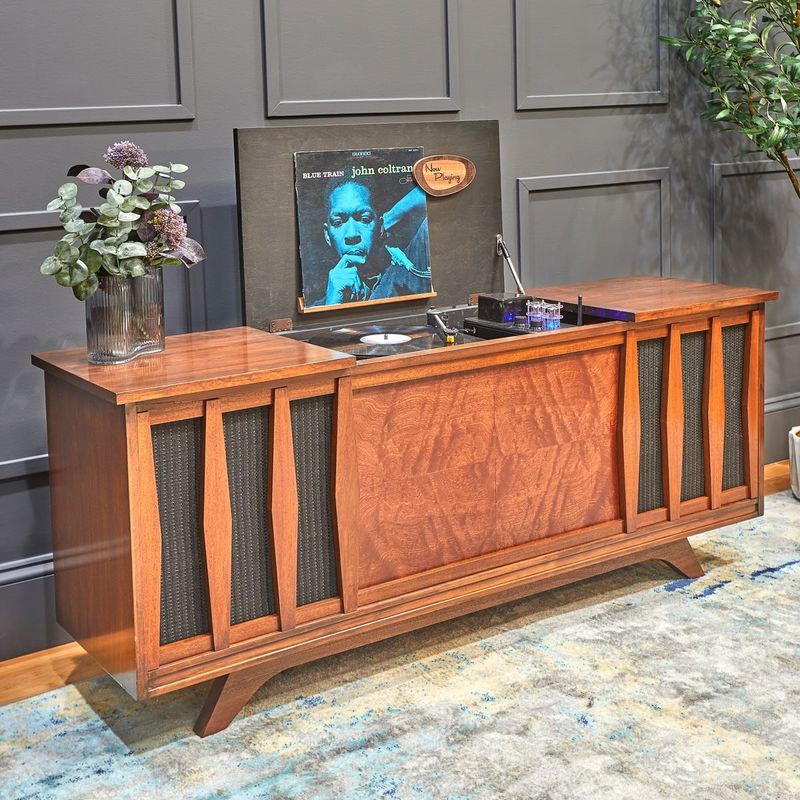
Console stereos were the centerpieces of ’60s living rooms, blending style and sound in one elegant package. These large, wooden units offered rich audio experiences, playing records and radio broadcasts. As technology advanced, smaller and more efficient systems emerged, leading to the decline of these grand consoles. Despite this, their classic design and warm sound quality keep them adored by audiophiles and collectors alike. Today, they evoke a sense of nostalgia, reminding us of the era’s vibrant music scene and timeless design aesthetics.
8. Electric Carving Knives
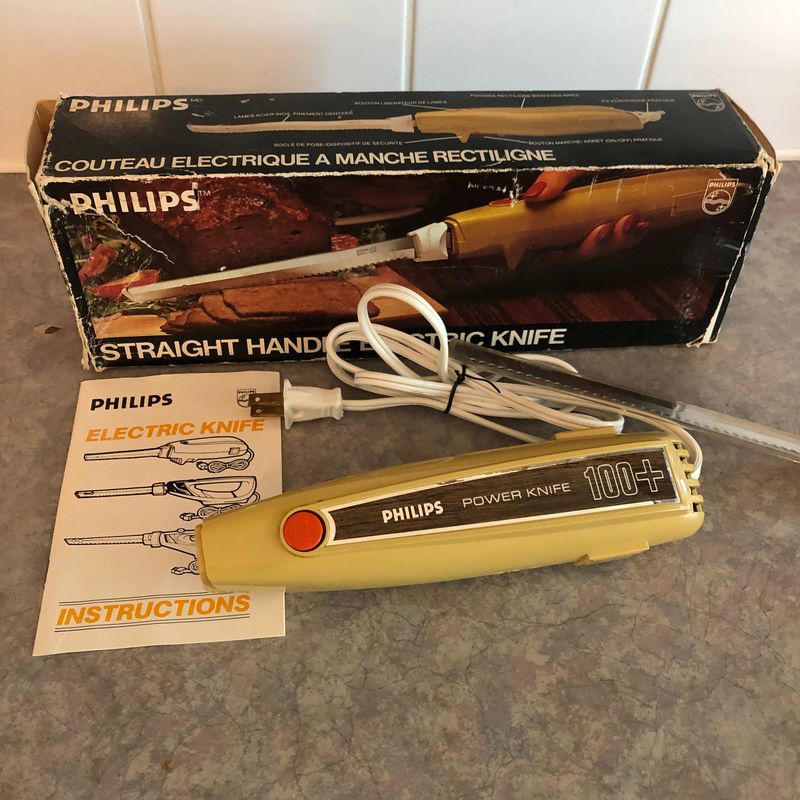
The electric carving knife was a game-changer for home cooks in the ’60s. This innovative tool made slicing through meats and roasts effortless, impressing dinner guests with perfectly cut servings. Its buzzing blade was a familiar sound during holiday feasts. However, the rise of more versatile kitchen gadgets eventually overshadowed the electric carving knife. While not as prevalent today, these knives still hold a special place for those who remember the joy of effortless carving. They serve as a nostalgic nod to mid-century culinary advancements.
9. TV Antennas
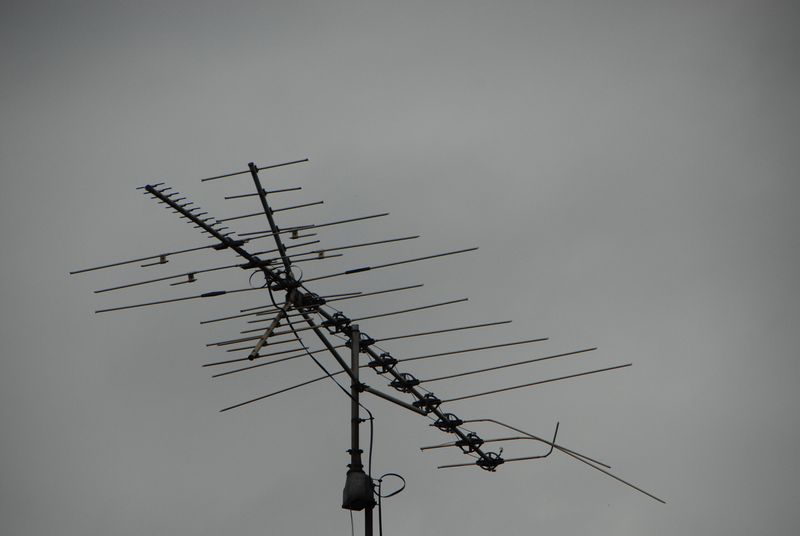
TV antennas were a common sight on rooftops in the 1960s, capturing broadcasts from local stations. Adjusting these metal contraptions to get the clearest picture was a routine task. As cable and satellite TV emerged, the need for traditional antennas dwindled. Despite their decline, antennas are fondly remembered for their role in bringing families together around the TV. They represent a time when viewing options were limited, making each program a shared experience. Today, they are a symbol of the early days of television’s golden age.
10. Manual Typewriters
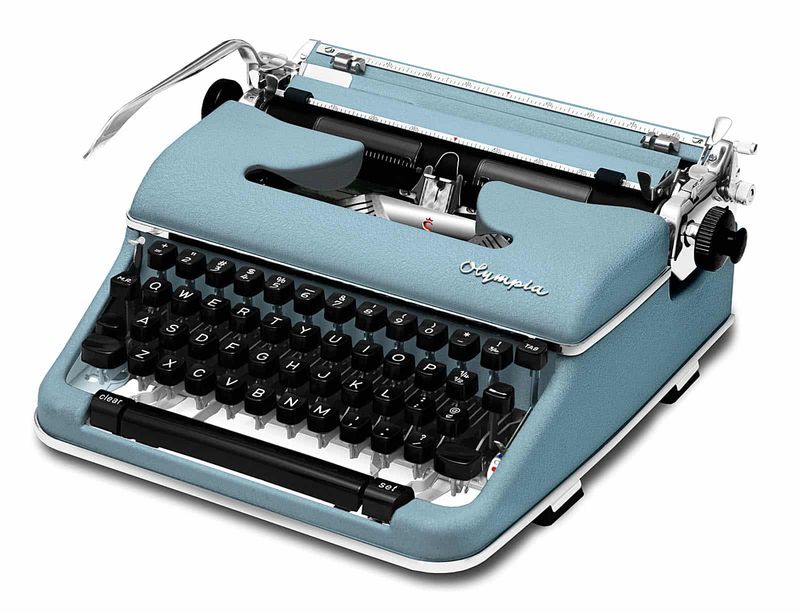
The manual typewriter was the tool of choice for writers and office workers in the ’60s. Each keystroke was a tactile experience, creating a rhythm that was both soothing and satisfying. However, as word processors and computers emerged, typewriters began to fade from everyday use. Despite this, their charm and simplicity continue to captivate writers and collectors. The typewriter remains a symbol of creativity and focus, reminding us of the art of writing in its purest form. Today, they are cherished as vintage collectibles.
11. Vibrant Linoleum Floors
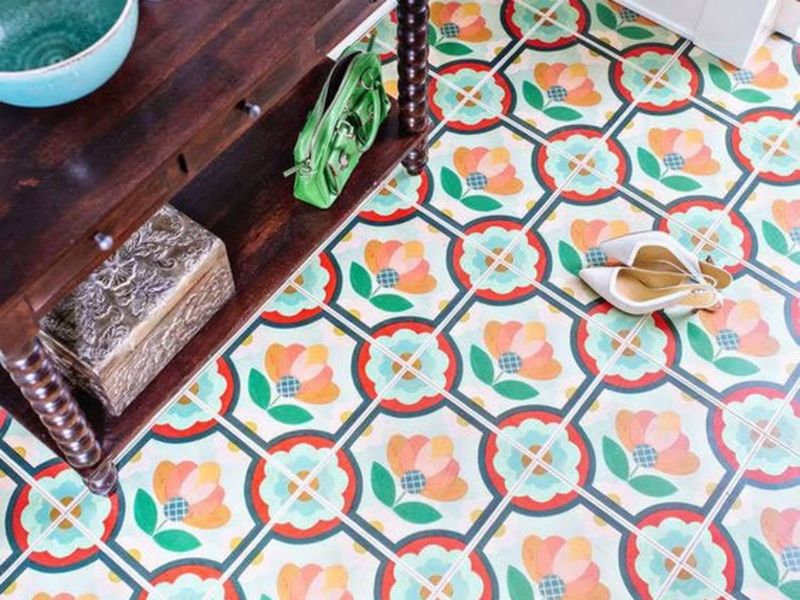
In the ’60s, linoleum floors were celebrated for their vibrant patterns and practicality. Kitchens and hallways boasted colorful designs that added character to homes. The ease of cleaning and durability made linoleum a popular choice. However, as new flooring materials like vinyl and laminate became available, linoleum’s popularity waned. Despite this, those bold patterns evoke a sense of nostalgia for many. Today, they represent a time of bold interior design choices, often sought after in vintage home restorations and retro-themed spaces.
12. Popcorn Poppers
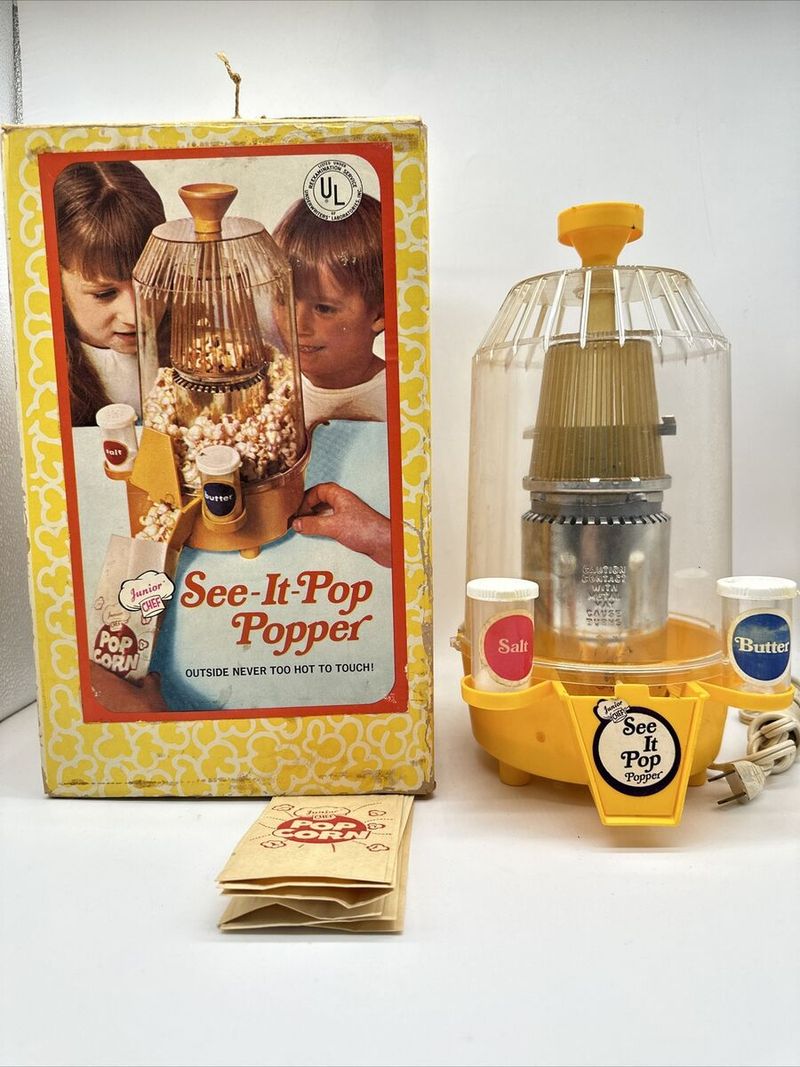
Popcorn poppers brought excitement to movie nights in the ’60s, filling homes with the irresistible aroma of freshly popped corn. These machines turned popcorn making into a spectacle, with kernels bursting into fluffy clouds under the glass dome. As microwave popcorn gained popularity, these poppers became less common. However, their nostalgic charm and theater-style popcorn keep them alive in the hearts of many. They evoke memories of family gatherings and cinematic experiences, making them a beloved relic of the past.
13. Reel-to-Reel Tape Recorders
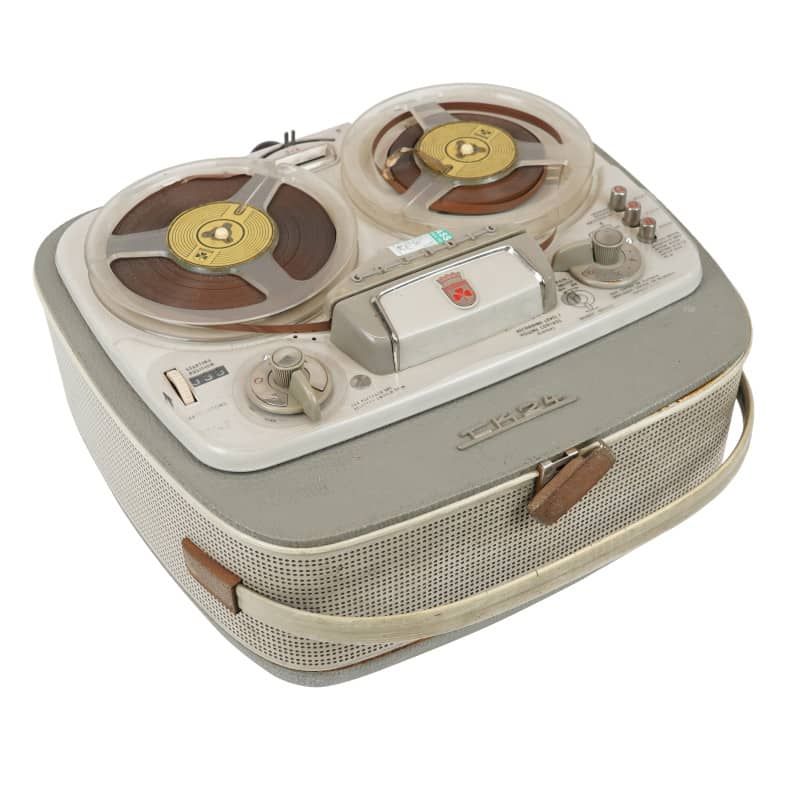
Reel-to-reel tape recorders were the apex of audio recording in the 1960s. These machines allowed users to capture sound with remarkable fidelity. Musicians and audio enthusiasts loved their capacity for high-quality playback and recording. However, the complexity and size of these recorders eventually led to their decline, as more compact formats like cassettes took over. Despite this, reel-to-reel recorders continue to be revered for their superior sound and craftsmanship, remaining prized possessions for audiophiles and collectors who appreciate vintage technology.

Well, hello there!
My name is Jennifer. Besides being an orthodontist, I am a mother to 3 playful boys. In this motherhood journey, I can say I will never know everything. That’s why I always strive to read a lot, and that’s why I started writing about all the smithereens I came across so that you can have everything in one place! Enjoy and stay positive; you’ve got this!

